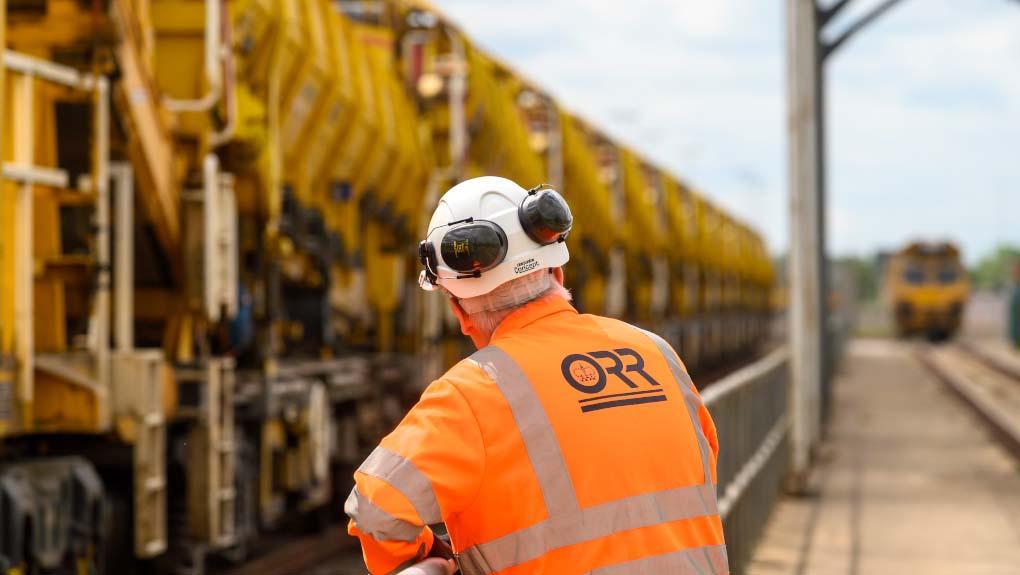
We know of the well-documented challenges for the rail industry, which include inflation and the most significant industrial action in 30 years.
Increased focus on effects of changing climate
Adapting to climate change is another huge challenge and is an area my team continues to push Network Rail to ensure it delivers the changes needed to address the risks associated, for example extreme weather to earthworks and civil structures, in particular.
There is a need for better management of the drainage inventory, and Network Rail have provided assurances that it is committed to fully resourced drainage teams by the end of March 2024. We will also monitor the progress made by Network Rail’s regions in reducing the backlog of examinations of structures, such as bridges, tunnels and culverts.
Our final assessment of Network Rail’s spending plans for the next five years, due later in 2023, will outline what planning and resources will be required to improve resilience to climate change.
Improving non-mainline and heritage safety
Transport for London completed several large capital projects to improve the safety and travel experience for members of the public during the past year, however, operational incidents continue to highlight the importance of maintaining the focus on the day job.
On the tramway, we will continue to pursue closure the Rail Accident Investigation Branch’s (RAIB) recommendations resulting from the 2016 Sandilands crash, which has already included formal advice and enforcement, to ensure timely implementation of automatic speed control and driver inattention systems. In July 2023, our prosecution of Transport for London and Tram Operations Limited, who both pleaded guilty to offences under the Health and Safety at Work etc. Act 1974, resulted in fines totalling £14m. We will continue to scrutinise this vital industry and hold operators to account if they fall short.
We recently published guidance for minor and heritage railways to help them interpret and apply the specific requirements of Railways and Other Guided Transport Systems (Safety) Regulations 2006 (ROGS). We are particularly concerned about how the sector is managing risks created from working at height and our inspectors are focused on highlighting this issue to heritage railways over the next year.
Supporting railway workers
Keeping rail workers free from harm is one of our key concerns. Network Rail introduced new protections to improve track worker safety, but implementing this technology needs to go further, faster and properly involve the end-user staff, to drive their buy-in. For those working with electrical systems, there needs to be much greater use of remote asset monitoring technologies, such as track-circuit testing, to remove technicians from the running line altogether.
The good health of workers is also of paramount importance and we will continue to drive regulatory focus toward the risks of long latency diseases such as Hand Arm Vibration Syndrome (HAVS) and Respirable Crystalline Silica (RCS).
There is much to achieve in the coming year, and I would like to thank my staff at the Railway Safety Directorate for their dedication and professionalism. It has been an honour working with them during the past 15 years.


